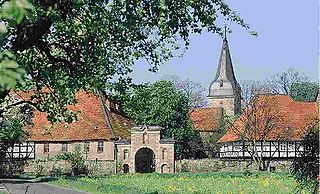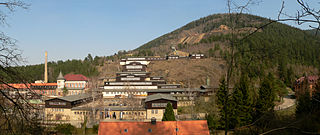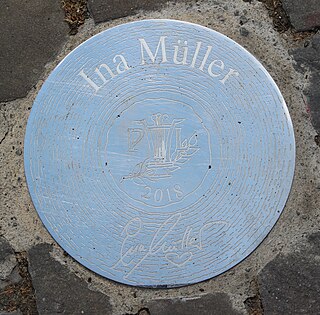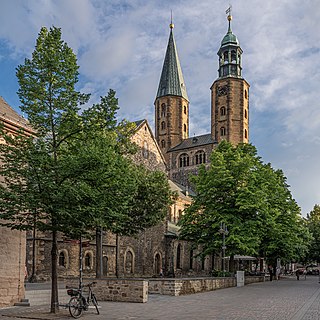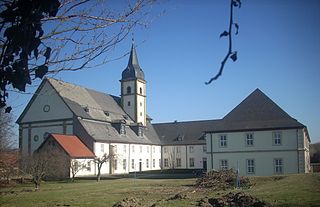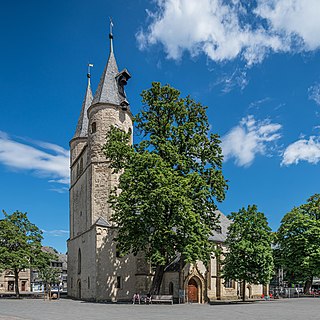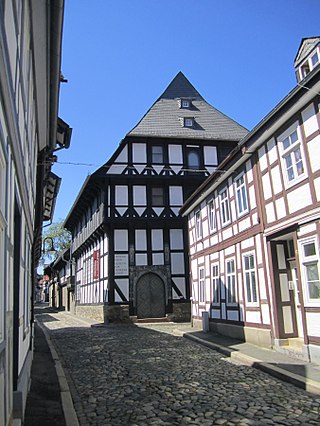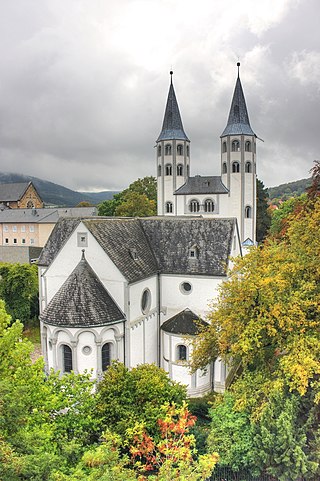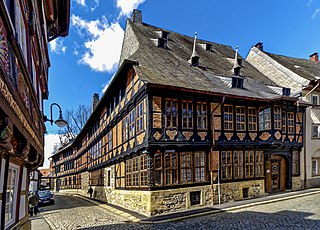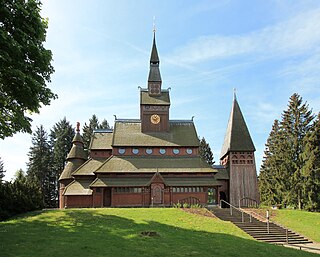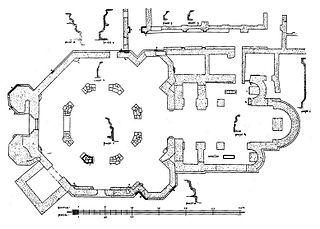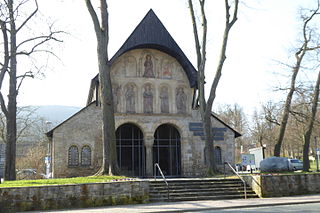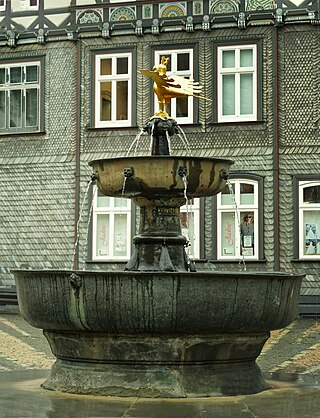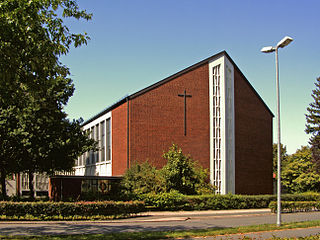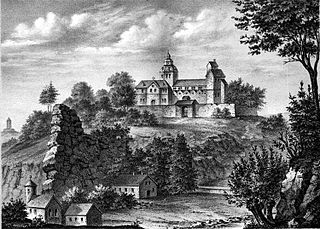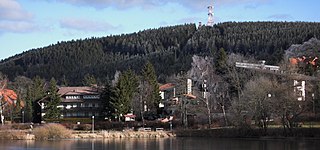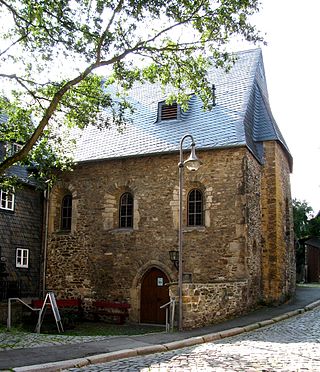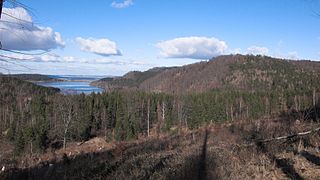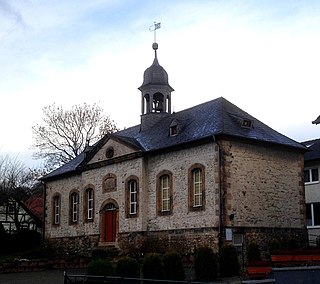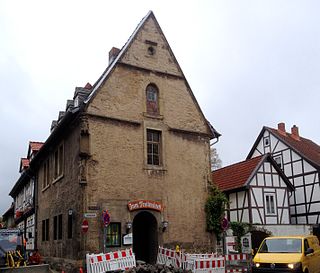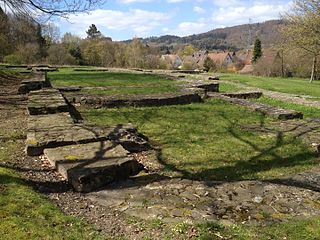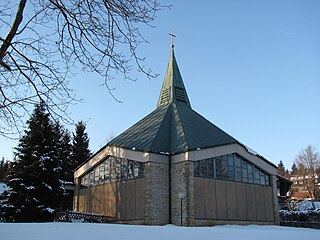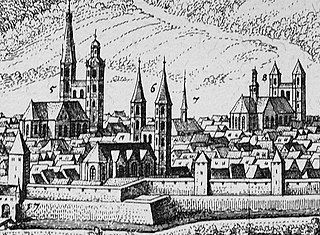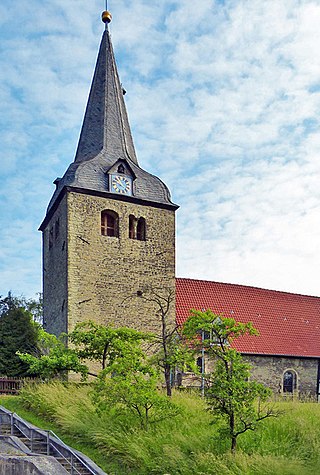26 Sights in Goslar, Germany (with Map and Images)
Legend
Welcome to your journey through the most beautiful sights in Goslar, Germany! Whether you want to discover the city's historical treasures or experience its modern highlights, you'll find everything your heart desires here. Be inspired by our selection and plan your unforgettable adventure in Goslar. Dive into the diversity of this fascinating city and discover everything it has to offer.
Sightseeing Tours in Goslar1. Kloster Wöltingerode
Wöltingerode Abbey is located in Goslar (Lower Saxony) in the northwestern Harz foothills and belongs to the district of Vienenburg. The monastery was founded in 1174 as a Benedictine monastery and existed until 1188. It then became a convent for Cistercian nuns. During this time, the foundation stone for the monastery was laid, the dimensions of which can still be found today. In 1809, the monastery was abolished.
2. Rammelsberg
The Rammelsberg is a mountain, 635 metres (2,083 ft) high, on the northern edge of the Harz range, south of the historic town of Goslar in the North German state of Lower Saxony. The mountain is the location of an important silver, copper, and lead mine. When it closed in 1988, it had been the only mine still working continuously for over 1,000 years. Because of its long history of mining and testimony to the advancement and exchange of technology over many centuries, the visitor mine of Rammelsberg was inscribed as a UNESCO World Heritage Site in 1992.
3. Paul-Lincke-Platz
The Paul Lincke Ring is awarded to musicians who have made a special contribution to German-language light music. The non-endowed prize is named after the German operetta composer Paul Lincke, who died in Hahnenklee in 1946. In 2009, the prize was awarded to a group for the first time. The rental agency is the municipality of Hahnenklee-Bockswiese or, after its incorporation (1972), the city of Goslar. From 1955 to 2015, the ring was awarded every two years, and every year since 2016.
4. Marktkirche St. Cosmas und Damian
The Market Church of St. Cosmas and Damian is an Evangelical Lutheran church building in the centre of the old town of Goslar. It is the council and main parish church of the city and is named after Saints Cosmas and Damian.
Wikipedia: Marktkirche St. Cosmas und Damian (Goslar) (DE), Website, Heritage Website
5. Klosterkirche St. Georg
The Collegiate Church of St. George is an important Baroque church southeast of the Goslar district of Hahndorf. It is part of the former Augustinian monastery of St. George and is now maintained by the Hanover Monastery Chamber. Ecclesiastically, it belongs to the Catholic parish of St. Jakobi in Goslar.
Wikipedia: Stiftskirche St. Georg (Grauhof) (DE), Website, Heritage Website
6. St. Jakobi
St. Jakobus der Ältere, meist St. Jakobi oder Jakobikirche genannt, ist ein historisches Kirchengebäude in der Altstadt von Goslar und die Pfarrkirche der gleichnamigen katholischen Kirchengemeinde. Die Pfarrei ist Teil des Dekanates Goslar-Salzgitter und gehört zum Bistum Hildesheim.
Wikipedia: St. Jakobus der Ältere (Goslar) (DE), Website, Website, Heritage Website
7. Kaiserhaus
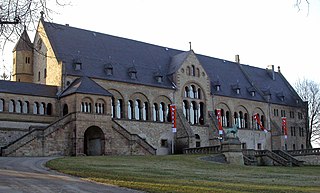
The Imperial Palace of Goslar is a historical building complex at the foot of the Rammelsberg hill in the south of the town of Goslar north of the Harz mountains, central Germany. It covers an area of about 340 by 180 metres. The palace grounds originally included the Kaiserhaus, the old collegiate church of St. Simon and St. Jude, the palace chapel of St. Ulrich and the Church of Our Lady (Liebfrauenkirche). The Kaiserhaus, which has been extensively restored in the late 19th century, was a favourite imperial residence, especially for the Salian emperors. As early as the 11th century, the buildings of the imperial palace had already so impressed the chronicler Lambert of Hersfeld that he described it as the "most famous residence in the empire". Since 1992, the palace site, together with the Goslar's Old Town and the Rammelsberg has been a UNESCO World Heritage Site because of its millennium-long association with mining and testimony to the exchange and advancement of mining technology throughout history.
8. Mönchehaus
The Mönchehaus Museum Goslar is housed in a half-timbered house from the early 16th century in the historic old town of Goslar. It is thus part of the UNESCO World Heritage Mine Rammelsberg, Old Town of Goslar and Upper Harz Water Management. As a museum for contemporary art with five exhibitions per year, it has a unique selling point in the region.
9. Neuwerk-Kirche
The Neuwerkkirche is a former monastery church from the 12th century in Goslar. Today it serves as a Protestant parish church. The Romanesque state of construction at the time of its origin has been preserved in all parts.
Wikipedia: Neuwerkkirche Goslar (DE), Website, Website, Heritage Website
10. Siemenshaus
The Siemenshaus is a half-timbered house in Goslar, on the corner of Schreiberstraße and Bergstraße. It was built in 1692/93 by the merchant and city governor Hans Siemens. On the front door is the motto of the builder in ornamental wood carving: ora et labora – pray and work.
11. Gustav-Adolf-Stabkirche
The Lutheran Gustav Adolf Stave Church is a stave church situated in Hahnenklee, a borough of Goslar in the Harz mountains, Germany. Construction of the church began in 1907 and it was consecrated on 28 June 1908.
12. Frankenberger Kirche
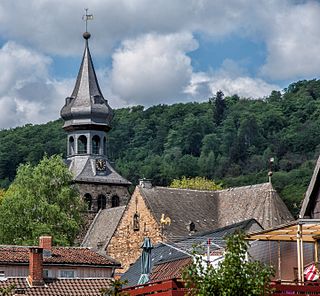
The former monastery church and today's Evangelical Lutheran parish church of St. Peter and Paul in Goslar is usually referred to as the Frankenberg Church and stands on the hill called Frankenberg at the western end of the historic old town. It is Romanesque at its core, but has Gothic and Baroque reconstructions. Together with the building of the "Little Holy Cross", the sexton's house from 1504 and an old gate from 1510 in the immediate vicinity, it conveys a remarkable picture of medieval urban planning.
Wikipedia: Frankenberger Kirche (DE), Website, Website, Heritage Website
13. Stiftsruine St. Georg
The ruins of St. Georg Abbey in Goslar date back to a foundation of the monastery of Emperor Conrad II on the Georgenberg, which towers over the old town of Goslar to the north. The monastery buildings, which burned down during the Goslar riots in 1527, have almost completely disappeared, only fragments of the foundation walls have been preserved. These can be visited freely.
14. Goslar Cathedral
The church known as Goslar Cathedral was a collegiate church dedicated to St. Simon and St. Jude in the town of Goslar, Germany. It was built between 1040 and 1050 as part of the Imperial Palace district. The church building was demolished in 1819–1822; today, only the porch of the north portal is preserved. It was a church of Benedictine canons. The term Dom, a German synecdoche used for collegiate churches and cathedrals alike, is often uniformly translated as 'cathedral' into English, even though this collegiate church was never the seat of a bishop.
15. Marktbrunnen
The market fountain in Goslar is considered one of the most important bronze castings from the Romanesque period and is the largest and oldest surviving market fountain of the Romanesque period in Germany.
16. St. Benno
The Church of St. Benno is the Catholic church in Jürgenohl, a district of the Lower Saxony district town of Goslar am Harz. The branch church of the parish of St. James the Elder, based in Goslar, in the Goslar-Salzgitter deanery of the Diocese of Hildesheim, was named after St. Benno of Meissen and is located at Marienburger Straße 31.
17. Stiftskirche St. Peter
St. Peter's Abbey was a monastery on the Petersberg east of the old town of Goslar. It existed from the middle of the 11th to the 15th century. The buildings were destroyed during the Goslar riots in 1527, and in the 18th century the remaining masonry was removed as building material.
18. Bocksberg
The Bocksberg is the local mountain for the village of Hahnenklee in the borough of Goslar in the German state of Lower Saxony. It lies southeast of this spa village in the Harz mountains and is 726 m above sea level (NN).
19. Klauskapelle
The Klauskapelle in Goslar is a small Romanesque church building from the 12th century. Built as a gate chapel, it served as a place of worship for the miners of Rammelsberg since 1537. The chapel now belongs to the Evangelical Lutheran parish of Frankenberg.
20. Königsberg
The 435 m high Königsberg is a hill in the Harz mountains in central Germany, southwest of Goslar between the Grane Reservoir and the Steinberg. On its summit are the ruins of an old tuberculosis convalescent home, later a children's home, the Königsberg Sanatorium.
21. Christuskirche
The Christuskirche is the church of the Evangelical Free Church community of Goslar. It goes back to the chapel of the infirmary, a leper hospital from the 13th century, which bore the patronage of St. Pancratius. The current building dates from 1750.
Wikipedia: Christuskirche (Goslar) (DE), Website, Heritage Website
22. Trollmönch
The Troll Monk is a former monastery building of the lay brotherhood of the Alexians in the old town of Goslar. It is the southwestern corner house of the connecting alley of the same name from Glockengießerstraße to the street An der Abzucht.
23. Bergdorfruine
The Church of St. John was a medieval parish church on the northern foothills of the Rammelsberg in Goslar. It was built around the middle of the 11th century and destroyed in the Goslar riots in 1527. Its foundation walls were excavated and secured in 1925.
24. Maria Schnee
The Church of Mary of the Snow, also known as Mary of the Snow or St. Mary's, is the Catholic church in Hahnenklee-Bockswiese, a district of the district town of Goslar in Lower Saxony. It belongs to the parish of "St. Nikolaus" with its seat in Clausthal-Zellerfeld, and is the northernmost church in the deanery of Nörten-Osterode and the only church in the diocese of Hildesheim that is named after the Catholic memorial day "Maria Schnee". The church is located on the western edge of Hahnenklee, at Lautenthaler Straße 6.
25. St. Thomas
St. Thomas was a church in Goslar, of which no visible remains have been preserved. The small hall building with roof turret stood east of the collegiate church of St. Simon and Judas at the beginning of Thomasstraße, which was named after it.
26. St. Cosmas und Damian
The Evangelical Lutheran Church of St. Cosmas and Damian is located in Immenrode, a district of Goslar in the district of Goslar in Lower Saxony. The church belongs to the parish of Weddingen in the parish association between Harz and Harly of the Goslar Provost of the Evangelical Lutheran Church in Brunswick.
Share
How likely are you to recommend us?
Disclaimer Please be aware of your surroundings and do not enter private property. We are not liable for any damages that occur during the tours.
